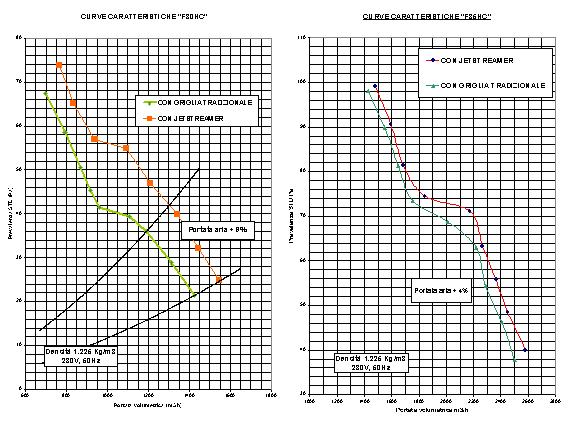Innovation is in our DNA
2022
4mm tube technology
4mm tube technology
2022
Helios
A CO2 gas cooler equipped with photovoltaic panels and integrated energy storage system
2021
Igea
Antibacterial photocatalytic filter for dual discharge unit coolers
2021
Mirabilia
High transparency door
2019
R-Fin
Reinforced fin with high corrosion resistance
2019
Image
Digitally animated mirror for collective spaces
2019
Magic vision
Glass door with a high-resolution transparent screen for commercial refrigerators and freezers
2018
Armonia
Low-charge ammonia industrial unit coolers
2018
Gateway
IoT technology for “Magic Mirrors”
2016
Nidea®
Intelligent defrost system
2016
Emeritus®
Combined adiabatic solution to maximize outdoor machine performance
2015
Zero Energy Glass
Zero Energy Glass
2015
The Whisperer Plus®
Compact highly performing silencer 2.0
2014
Plug&Save
Integrated solution which includes the electronic valve and electronic control
2012
Minichannel®
Condensers designed for reducing refrigerant charge
2011
Lt 0Energy door
High energy saving doors
2010
The Whisperer®
Compact high-performance silencer
2009
BLS Titan door
Titan model door with LEDs integrated in the double glazing to illuminate the product
2009
LAS door
Doors with luminous text and logos integrated in the glass
2008
BLS Door
Door with LEDs integrated in the double glazing to illuminate the product
2008
Jetstreamer®
Innovative aerodynamic grill which ensures uniform distribution of the air
2006
Dry and Spray®
Advanced adiabatic solution to maximize the performance of outdoor machines
2006
Smart® system
Patented structure for greater rigidity of outdoor machines
2005
Oval tube
High performance oval tube for heat exchangers
2003
Wet and Dry®
Advanced adiabatic solution to maximize the performance of outdoor machines
2001
Jet-o-matic®
Innovative distributor for evaporators direct expansion
2000
Water Spray System®
Combined adiabatic solution to maximize the performance of outdoor machines
1999
Safetubes System®
Coil suspension system
1997
Superhitec® unit coolers
Air coolers with turbulent fins and tubes with internal helical 2.0 ribs
1991
Hitec® condensers
Condensers with turbulent fins and tubes with internal helical grooving
1988
Hitec® unit coolers with Turbocoil®
Air coolers with turbulent fins and tubes with internal helical grooving
1971
STF
“Tubeless” air cooled condensers
1969
Alupaint®
Pre-painted aluminum for resistance to corrosion of the fins
1967
Internal turbulator
Finned heat exchangers with turbulators special and tubes with internal helical grooving
1967
Double fin space
Differentiated fin pitch
1965
Electric defrost
Defrosting of the finned pack through electrical resistors













